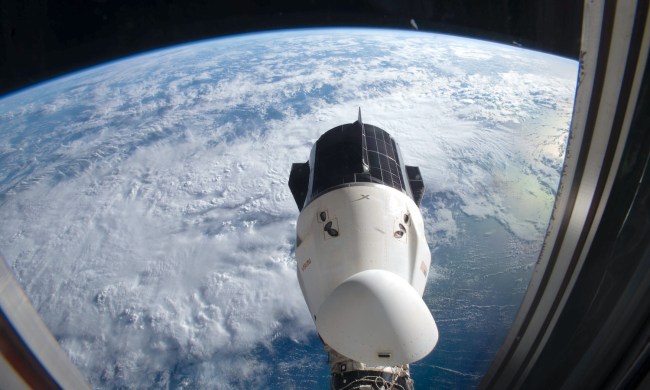NASA astronauts Bob Behnken and Doug Hurley are on their way home to Earth after spending two months at the International Space Station as part of Demo-2, the first crewed test flight of the SpaceX Crew Dragon capsule.
The Crew Dragon successfully undocked from the Harmony module of the International Space Station at 7:35 p.m. EDT on Saturday, August 1. This was after a farewell ceremony from the ISS for Behnken and Hurley, in which both astronauts talked about what the mission so far had meant to them.
“We’re part of a test mission which began two months ago with the success of launching from American soil, bringing launches of astronauts back to the Florida coast,” Behnken said. “We’re extremely proud to have been a part of that. We accomplished the next third of the mission, which was our time in orbit and checking out Dragon while it was docked to ensure it would be ready for the next launch of the Crew-1 astronauts as they head to the space station for an even longer stay.”

Hurley also discussed the work that they both had done as part of the ISS Expedition 63 crew. “It’s hard to put into words what it was like to be a part of this expedition,” Hurley said. “It’ll be a memory that will last a lifetime for me. All the incredible teamwork and accomplishments, with the highlights obviously being the four spacewalks that we worked together — literally as a crew of five — to have success and to complete that part of the upgrade for the International Space Station, which leaves it in a great posture for the future.”
Behnken and Hurley are currently aboard the Crew Dragon and are making the 19-hour journey back to Earth. As they approach the planet, the Crew Dragon capsule will jettison its trunk, or the large ring that it sits in, and re-enter the Earth’s atmosphere. The capsule will deploy two sets of parachutes to slow it down as it moves through the atmosphere, and then should splashdown in the Gulf of Mexico at 2:48 p.m. EDT on Sunday, August 2.
If you want to follow along with the splashdown from home, we’ve got details on how to watch the event live.



